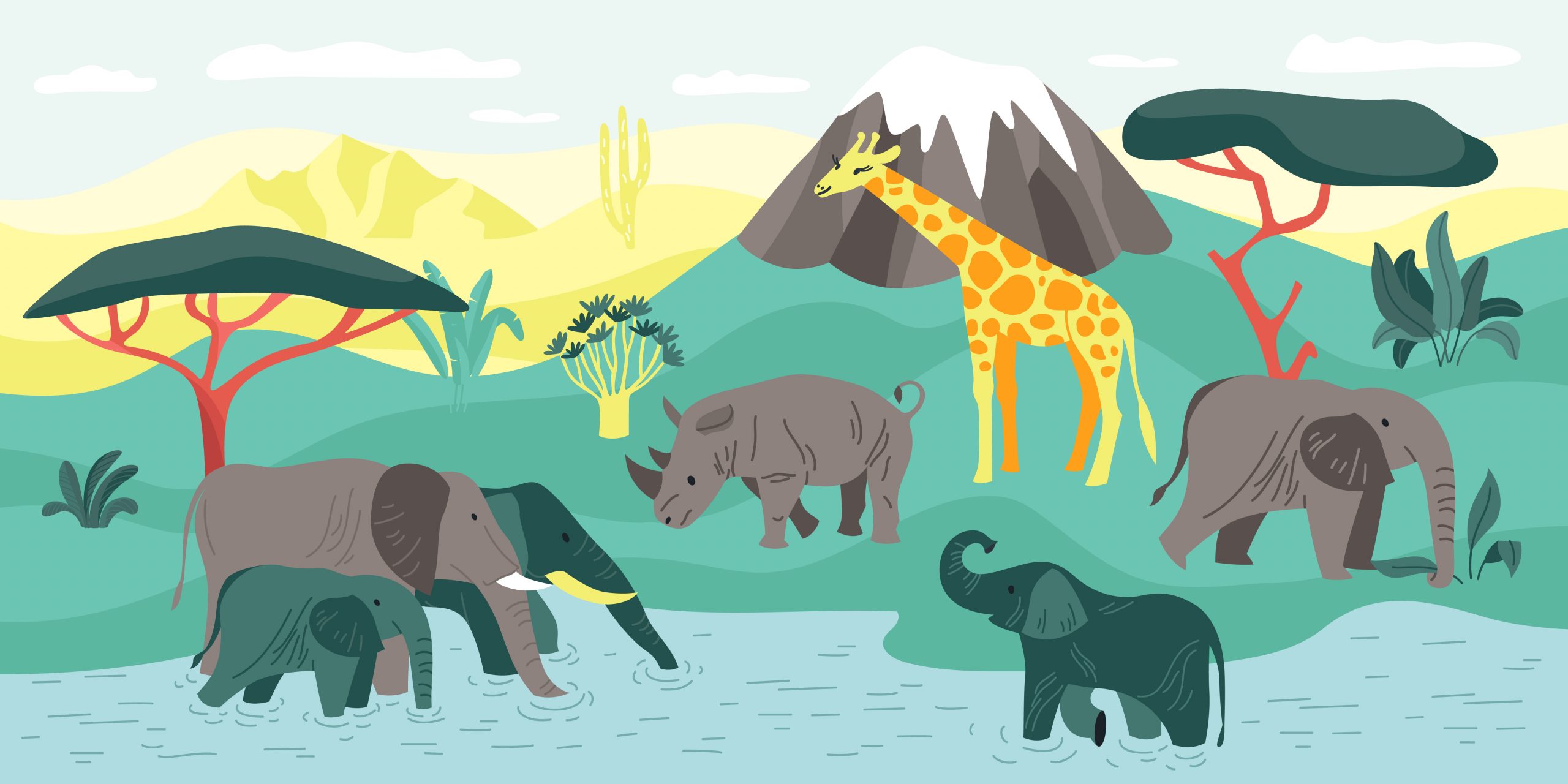News Highlights:
PM2 elephant has spent the last 12 days exploring his new habitat Since his release in Congress Mattam in Mudumalai Tiger Reserve.
PM2 elephant:
- Capture and relocation:
- The PM2 elephant captured in the Gudalur division and relocated to the Mudumalai Tiger Reserve (MTR) is acclimatising to his new habitat and has exhibited key behavioural changes.
- The elephant exhibited key behavioural changes, which may be due to Negative interactions with humans in the past.
- Exploration:
- Since relocation, the elephant spent the last 12 days exploring his new habitat, with radio signals and direct sightings indicating his exploration of Thengumarahada, Mangalapatti, Chemmanatham, Moyar, Theppakadu and even Bandipur.
- Socialising:
- PM2 has also been socialising with other elephants in the region, associating with five tuskers, another “maknha” or tuskless elephant like himself, and a herd of three elephants.
- Behavioural changes:
- From the behavioural changes in PM2, Forest department officials and staff concluded that raiding homes for food could be a thing of the past for PM2.
- According to officials, the previously “habituated” animal that showed no fear towards humans has become extremely wary of people and forest staff since his capture and release.
- As per officials, every time PM2 sees people or forest staff, his first inclination now is to turn away and flee into the forest, which is a good sign that there are fundamental behavioural changes in the animal.

Asian Elephant:
- About:
- The Asian Elephant (Elephas maximus), also known as the Asiatic Elephant, is found in India and Southeast Asia. It is the largest land mammal in Asia,
- The genus Elephas originated from Africa before expanding into Southern Asia. Of all the species of the genus, only the Asiatic Elephant is alive today.
- Sub-species of the Asian Elephant:
- Sri Lankan Elephant (Elephas maximus maximus)
- Indian Elephant (Elephas maximus indicus)
- Sumatran Elephant (Elephas maximus sumatranus)
- Feeding Habits of the Asiatic Elephant:
- The Asian Elephants are active during twilight hours and are known for their huge consumption (about 150 kg per day) of plant matter.
- They feed on at least 112 different species of plants such as legumes, palm and true grass.
- During the dry season tree barks also form a major part of their diet.
- The Asian elephant consumes at least 80 – 200 litres of water a day and even more for washing themselves, hence they are never far from a ready water source
- Behaviour:
- Adult females and calves move together as groups while males disperse on their own when reaching adolescence.
- When old enough they form a temporary group of their own with other male elephants.
- The Asiatic elephant has few predators but there have been rare instances where tigers have been known to kill young calves who strayed far from the herd or were orphaned.
- Conservation Status of the Asian Elephant:
- The Asian elephant has been listed as ‘Endangered’ on the IUCN Red List since 1986 as the elephant population has declined over the last 60-55 years.
- Major threats:
- Human-Elephant conflicts is one of the prime factors as deforestation, human encroachment, and retaliation for crop destruction by elephants
- Illegal poaching for elephant skins and tusks. The demand for elephant skin has risen considerably as they are an ingredient in traditional Chinese medicine
- Abusive handling methods when young calves that are illegally captured for the tourism industry are beaten, starved, and tortured to ‘break them’. About two-thirds of them perish.
Pic Courtesy: Freepik
Content Source: The Hindu



